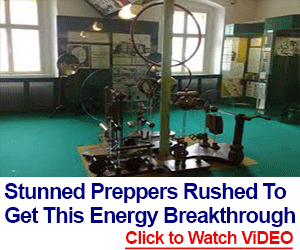Generating your own electricity can suit some people depending on their location and situation, and there are a number of small scale technologies available. But it pays to do your homework before you make any investments.
If you have a house or other property that either can’t be connected to the grid, or would be very expensive to connect, then small scale, or micro generation is usually the cheapest, or only option. However if you are already connected to the grid then the upfront cost of setting up a small scale generation system means you are unlikely to get any reduction in energy cost over the life of the system. Energy conservation and efficiency is likely to be a much cheaper and more effective option for you if you want to reduce your energy bills. If you are interested in reducing your energy related carbon emissions, then making changes to your transport choices will have the biggest and most cost effective impact.
Grid connected systems
Grid connected systems allow you to generate your own electricity without needing a battery bank. At times when your micro-generation doesn’t meet your electricity needs, or you aren’t using all the electricity you are generating, the grid provides a back-up, acting as a battery. These systems are also called grid-tied, or grid-interactive, and can use one or a combination of any small scale generation technologies.
The electricity grid acting as a battery isn’t a free service though. You will buy electricity from the grid at retail prices, but generally get less than retail for excess electricity you sell back into the grid. The amount you get for excess electricity you sell, the “buy back” price, is set by the electricity retailer you use, and is the main factor that determines the economics of a grid connected system.
Stand-alone power systems (SAPS)
In situations where connecting to the grid is very expensive, it can cost as much $25,000 per kilometre, a stand-alone power system can be an attractive economic alternative. Stand-alone power systems generally use a combination of renewable generation sources, a battery bank, smart controller/inverter and often some kind of back-up like a diesel generator.
Generation technologies
The generation technologies that you can use are the same for both types of system and include solar PV, micro hydro and small wind turbines.
- Micro-hydro systems for houses and buildings are less than 5kW, and in many cases less than 1kW. Small-scale hydro is best suited to rural areas on streams or waterways that flow all year round. The more vertical distance (head) you have between the point where you take the water and where the turbine is located the more electricity you can generate.
- Solar PV systems convert solar energy to electricity. Arrays of solar PV (PhotoVoltaic) panels can be sized to suit the space available. Domestic PV systems tend to be in the 1 to 3 kW range, with each kW covering an area of roughly eight square metres.
- Small wind turbines are suitable if you are in a location with consistent, strong wind. New Zealand has one of the best wind resources in the world giving us the opportunity to generate renewable electricity with no ongoing greenhouse gas emissions.
Why isn’t small-scale generation subsidised in New Zealand?
New Zealand is in a different situation from most other countries when it comes to renewable energy use, with 77% of our electricity coming from renewable sources and all new future generation expected to be renewable as well. This means that there are not the same benefits from promoting or subsidising small scale electricity generation in New Zealand as there are in other countries.
FOR THE BEST ECONOMIC SYSTEM LIBERTY GENERATOR
SOURCE : energywise.govt.nz

